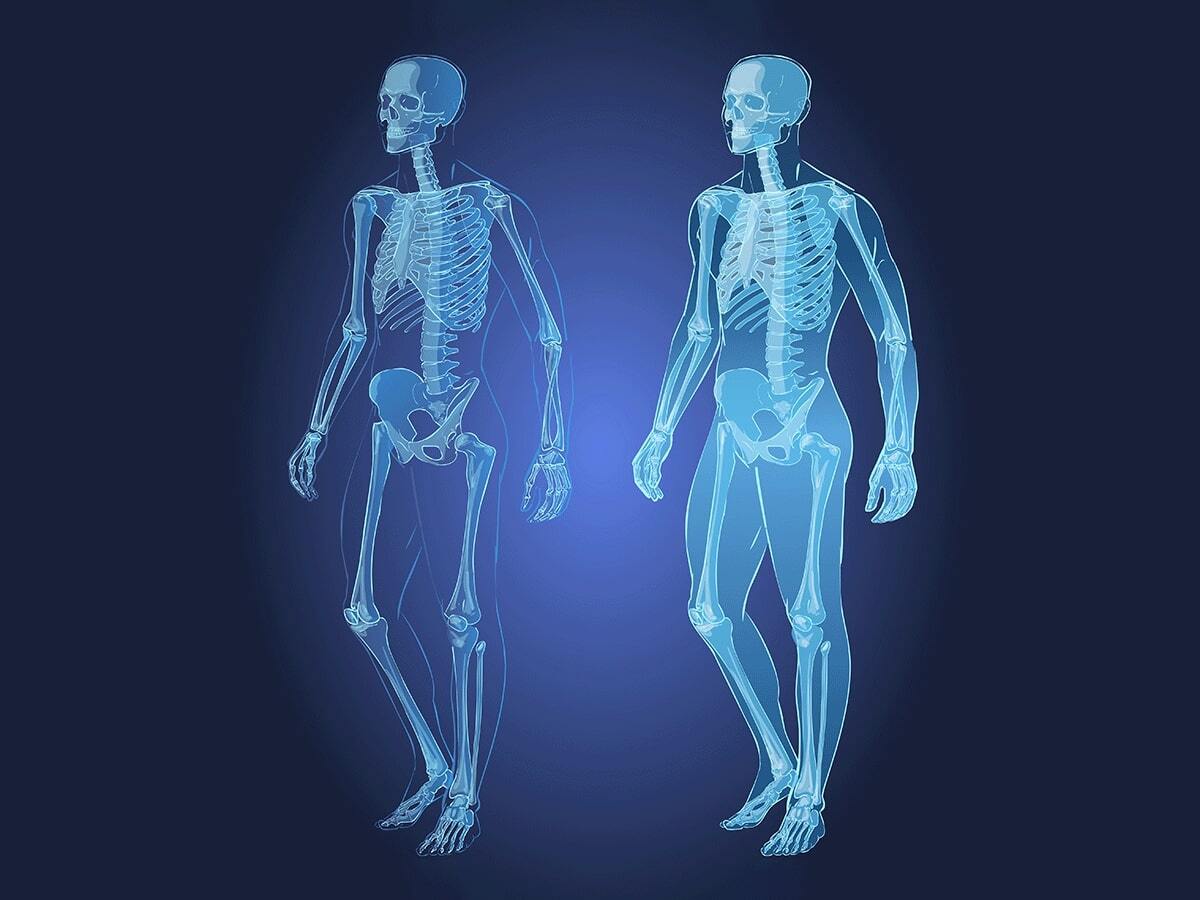
Bone development disorders affect the structure, strength, and function of our skeletal system. These conditions can be genetic, acquired, or a mix of both, showing up at different life stages. Understanding these disorders is key for early diagnosis, effective management, and prevention. From osteogenesis imperfecta to osteoporosis, these disorders can significantly impact quality of life. Factors like genetics, nutrition, hormones, and lifestyle choices play crucial roles in bone health. By learning about these conditions, we can take proactive steps to maintain strong bones and prevent complications. Let's dive into 20 essential facts about bone development disorders.
Understanding Bone Development Disorders
Bone development disorders affect the structure, strength, and function of bones. These conditions can be genetic, acquired, or a mix of both. Knowing about these disorders helps in early diagnosis and effective management. Here are 20 key facts about bone development disorders.
Osteogenesis Imperfecta (OI)
- Definition: Osteogenesis imperfecta, also known as brittle bone disease, is a genetic disorder characterized by fragile bones that break easily.
- Causes: The condition results from mutations in the genes that encode type I collagen, a protein essential for bone strength.
- Types: There are four main types of OI, ranging from mild to severe, with Type I being the mildest and Type II being the most severe.
Bone Density and Osteoporosis
- Definition: Osteoporosis is a condition characterized by low bone mass and deterioration of bone structure, leading to increased bone fragility and fracture risk.
- Causes: Factors contributing to osteoporosis include aging, hormonal changes (such as low estrogen levels during menopause), nutritional deficiencies (especially in calcium and vitamin D), and lifestyle factors like smoking and excessive alcohol consumption.
Bone Remodeling
- Process: Bone remodeling is the continuous process of bone resorption and formation, which maintains bone health throughout life.
- Importance: Proper bone remodeling ensures that bones remain strong and healthy. An imbalance in this process can lead to bone loss and osteoporosis.
Genetic Factors
- Role: Genetic abnormalities can produce weak, thin bones or bones that are too dense. Some genetic disorders, like OI, are inherited and can significantly affect bone health.
Nutritional Deficiencies
- Impact: Nutritional deficiencies, particularly in calcium and vitamin D, can result in the formation of weak, poorly mineralized bones. A balanced diet is essential for maintaining strong bones.
Hormonal Disorders
- Effect: Hormonal imbalances, such as low levels of estrogen or testosterone, can increase the risk of developing osteoporosis. These hormonal changes can occur due to various conditions, including menopause or hypogonadism.
Medications and Bone Health
- Risk: Certain medications, such as corticosteroids, thyroid medicines, and drugs that reduce levels of sex hormones, can harm bone health and increase the risk of bone diseases.
Lifestyle Factors
- Impact: Lifestyle factors like low physical activity levels, smoking, and excessive alcohol consumption can predispose individuals to osteoporosis and other bone diseases.
Osteoarthritis
- Definition: Osteoarthritis is the most common form of arthritis, characterized by the degradation of cartilage in joints and changes in bone structure.
- Causes: Osteoarthritis can result from wear and tear on joints over time, as well as genetic predisposition.
Osteonecrosis
- Definition: Osteonecrosis, also known as avascular necrosis or aseptic necrosis, occurs when there is a disruption to a bone’s blood flow.
- Causes: This condition can result from trauma, corticosteroid use, or excessive alcohol intake, and it commonly affects the shoulders, hips, and knees.
Fibrous Dysplasia
- Definition: Fibrous dysplasia is a condition where abnormal fibrous tissue replaces healthy bone tissue, making the bone weaker and more prone to fractures.
- Causes: This condition typically results from a gene mutation that affects bone cells, leading to the production of abnormal fibrous bone.
Bone Cancer and Tumors
- Types: Bone cancer can be primary (originating in the bone) or metastatic (seeding from outside the skeleton). Both types can destroy bone and lead to various symptoms.
- Symptoms: Bone cancer may cause pain, difficulty moving, weight loss, fatigue, and the presence of a lump in the affected area.
Keeping Bones Strong and Healthy
Understanding bone development disorders is key to maintaining a healthy skeletal system. From osteogenesis imperfecta to osteoporosis, these conditions can significantly impact quality of life. Factors like genetics, nutritional deficiencies, and hormonal imbalances play major roles in bone health. Lifestyle choices, such as regular exercise and a diet rich in calcium and vitamin D, are essential for preventing disorders. Early diagnosis and effective management, including medications and physical therapy, can make a big difference. Remember, achieving peak bone mass during youth sets the foundation for strong bones later in life. By staying informed and proactive, you can take steps to ensure your bones remain strong and healthy throughout your lifetime.
Was this page helpful?
Our commitment to delivering trustworthy and engaging content is at the heart of what we do. Each fact on our site is contributed by real users like you, bringing a wealth of diverse insights and information. To ensure the highest standards of accuracy and reliability, our dedicated editors meticulously review each submission. This process guarantees that the facts we share are not only fascinating but also credible. Trust in our commitment to quality and authenticity as you explore and learn with us.


